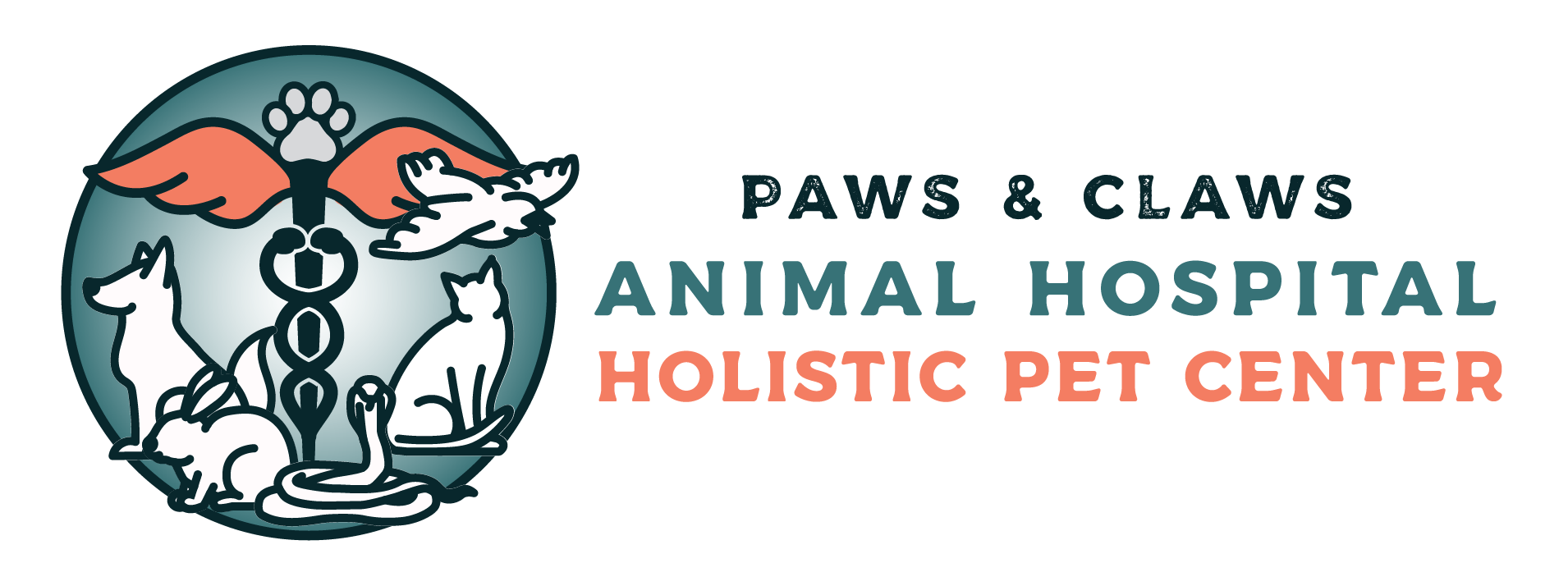Methicillin-resistant staphylococcal aureus (MRSA) usually manifests as severe skin infections in canines. Treatment requires an integrative approach.
You’ve probably heard of MRSA before now. This “superbug” has been coming up a lot in human medical news. Several people have died from the disease, often younger athletes who contracted the bacterium from workout facilities. But it may surprise you to learn that MRSA and related bacteria are increasingly affecting dogs as well. This article will show you what you need to know about MRSA and how to deal with an infection in your canine.
Where Does it Come From?
MRSA is the acronym for Methicillin-Resistant Staphylococcal Aureus. Staph aureus is a common human bacterium that can also occur on animals (although dogs are usually infected with a different but related staph bacterium). Methicillin-resistant staph bacteria are not killed by most antibiotics, including methicillin. They’re considered “superbugs” because they can be hard to treat, take a long time to treat, and often require very expensive antibiotics (and it has become harder to find any antibiotics that kill MRSA). As a result, MRSA bugs are more likely to be fatal then non-MRSA bugs. This means early diagnosis and aggressive treatment are a must in order to protect your dog and yourself.
Staph aureus is carried harmlessly in the nasal passages of an estimated 33% of the human population; 2% carry MRSA. If the bacteria leave the nasal cavity and infect another part of the body (for example, through a cut in the skin), they can quickly invade the bloodstream and cause septicemia, a deadly and often fatal infection of the entire body. In people, this typically happens when handwashing is not done properly, and the nasal MRSA is spread by touching another person or inanimate object, causing infection when a susceptible person encounters the bacteria.
In dogs, either staph aureus (MRSA) or more commonly staph intermedius (MRSI) infections can occur. Dogs and people can become infected through environmental contamination or by infecting each other (people can infect other people or dogs, and dogs can infect other dogs or people).
How do I Know if my Dog has MRSA?
MRSA usually presents as a skin infection; most staph infections in dogs tend to manifest as a type of dermatitis. Staph skin infections can appear in several forms. Small pustules (pimples) typically occur, but because they are fragile, they rupture easily, leaving a red or dark inner circle surrounded by scale (a bull’s eye lesion). Small red bumps called papules may also be present; these most commonly occur in areas of the body with less hair, such as the abdomen and groin. Some dogs, typically shorter-haired breeds such as Labrador retrievers, exhibit a moth-eaten appearance with areas of partial circular hair loss (alopecia) over their sides and backs. Many dogs with staph infections are itchy; a lot of dogs with (chronic) skin infections also have other diseases such as allergies and thyroid or adrenal dysfunction.
MRSA infections look just like “plain old” staph infections, but there is an important difference. MRSA infections don’t get better when treated with antibiotics (or they’ll improve but never really heal, and will continue to be present). The only way to diagnose MRSA is through a skin culture. This can be done simply by swabbing the skin surface or with a skin biopsy. A biopsy is recommended for chronic skin disease, a skin disease that doesn’t look typical, or when the culture of a skin swab is negative, and MRSA is still suspected.
I have also diagnosed some of these infections in the bladder and ears as well as on the skin.
How is it Treated?
As a holistic veterinarian, I am encouraged to see my traditional dermatology colleagues finally not recommending antibiotics for routine, simple skin infections. Instead, they recommend frequent bathing with topical antimicrobial shampoos. Research shows that simple, uncomplicated skin infections will heal without using oral antimicrobials if treated early and aggressively. Holistic veterinarians also use various herbs (astragalus, Echinacea) for immune support, and natural herbal antimicrobials (olive leaf, Oregon grape, etc.) to encourage quicker and longer-lasting healing.
Because MRSA is a tough bug to kill, and because it often develops when inappropriate and long-term antibiotic treatment is used for any problem, specific antibiotics must be used, along with topical shampoos and herbal remedies, in order to kill it. A sensitivity test, done alongside the skin culture, suggests which antibiotics might be helpful in killing MRSA. In general, most antibiotics routinely used in veterinary practice are ineffective. MRSA is typically only sensitive to expensive “human” antibiotics that must be given for one to two months or longer. Because MRSA can be fatal, especially in humans, it is recommended that the “newer,” more aggressive antibiotics be saved for life-threatening infections in people, and not used to treat skin infections in dogs.
Due to staph’s increased resistance to antibiotics, and the fact that the drugs must be used for extended periods in order to kill the infection, probiotics should also be provided to the dog. Because the infection can be transmitted by objects, anything he has contacted, such as blankets, pillows, or toys, should be washed thoroughly and regularly.
Treatment is continued until the skin looks normal, and a repeat culture fails to identify the staph bacterium. Ongoing care with regular bathing, and herbs or homeopathics, is recommended as dictated by each case.
Like all “superbugs,” MRSA is scary. But early diagnosis and proper treatment using an integrative approach can assist your dog back to well-being. And keeping his immune system strong with a healthy diet and lifestyle can help prevent an infection in the first place.
